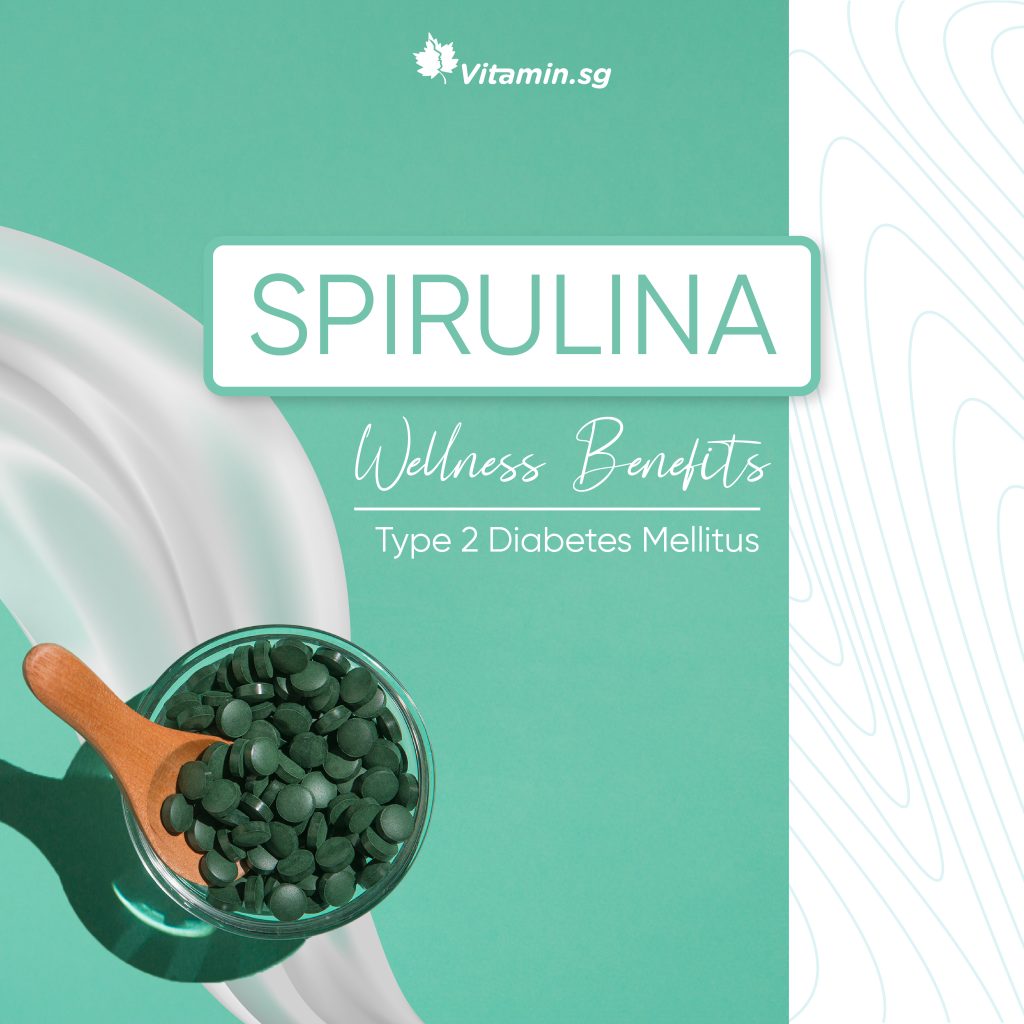Home / Health Blog / Everything You Need to Know About Vitamin B3
Vitamin B3 is also known as niacin. This water-soluble vitamin was discovered in 1937. Niacin is very important in energy metabolism, as the other B vitamins are, and is very important in living cell repair. Additionally, it aids in the DNA repair process, which occurs in living cells.Vitamin B3 has various other functions as well including the removal of toxic chemicals from the body and the production of steroid hormones in the adrenal gland. These steroids include stress-related hormones as well as sex hormones.The recommended daily allowance for niacin is 16 mg a day for men and 18 mg a day for women. Various complications arise from a deficiency of niacin. Mild deficiency results in slow metabolism, while severe deficiency causes a disease called pellagra. Additionally, deficient people have a decreased tolerance for cold.Interestingly, dietary niacin deficiency tends to occur in areas where only corn, or maize, is eaten as a staple in the diet and they do not utilize lime in the meal/flour production process. Corn is the only grain that is low in niacin. Lime is important in the flour production process because it releases the corn’s tryptophan, which allows the intestine to convert the tryptophan to niacin.There are a few side effects associated with niacin when taken in large doses, such as pharmacological dosages ranging between 1.5 to 6 g a day. Depending on the amount of niacin taken and the level of toxicity that occurs, the following may occur:
Facial flushing is the most reported side effect of niacin and it tends to last only about a half hour to thirty minutes. Doses that exceed 2 g a day put the individual at risk for liver damage, especially if they are using a time-released formula. High doses of niacin can also cause blood sugar levels to rise.There are a number of food sources that provide us with niacin in our diets. It is available in animal products, fruits and vegetables, seeds and fungi. A few of the most common sources include:
Vitamin B3 has a number of benefits and reduces very-low-density lipoprotein, which is a precursor to LDL cholesterol, also known as “bad cholesterol.”


